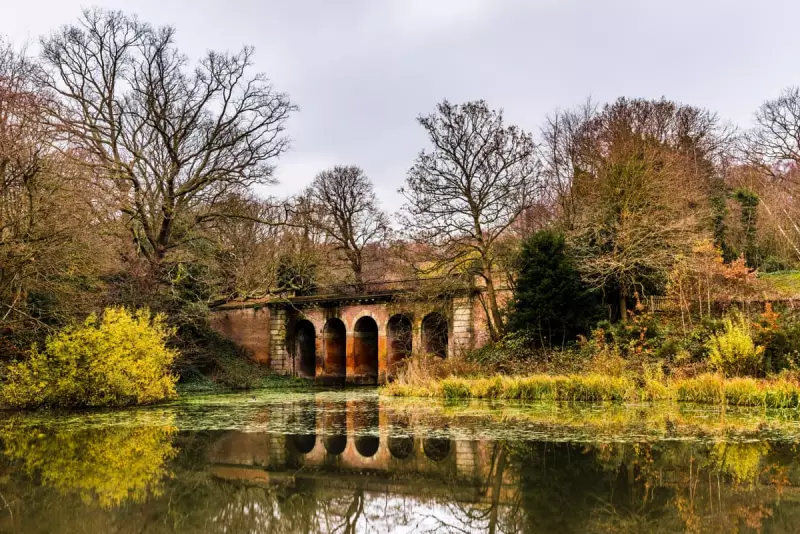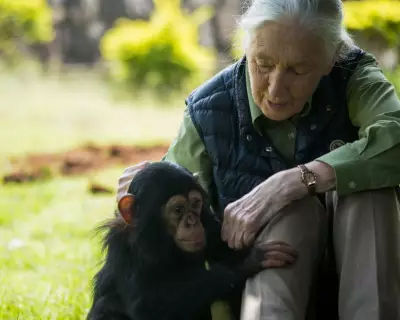
In the tranquil surroundings of Hampstead Heath, a rediscovered nature diary from 1950 paints a haunting picture of environmental change that resonates deeply today. The carefully preserved observations document what was once a thriving dragonfly population around the area's cherished ponds.
A Naturalist's Worried Observations
The diary entries reveal growing concern from the writer, who noted with increasing alarm the dwindling numbers of these aerial acrobats. Where multiple species once danced above the water's surface, the diarist could eventually spot only a single remaining dragonfly – a solitary sentinel of a disappearing world.
The Silent Ponds of Today
Modern conservationists view these historical records as valuable evidence of biodiversity loss that began much earlier than commonly assumed. The transformation from abundant insect life to near-silence above the water represents a microcosm of wider environmental changes affecting urban green spaces.
Why Dragonflies Matter
These ancient insects serve as crucial indicators of ecosystem health. Their presence signals clean water and balanced aquatic environments, while their absence warns of ecological disruption. The diary's observations provide a baseline against which we can measure today's conservation challenges.
The story emerging from these yellowed pages serves as both a historical record and a contemporary warning. It reminds us that the changes we witness in our natural world often have deeper roots than we imagine, and that preserving what remains requires understanding what we've already lost.





